Working capital of the enterprise is the basis for the functioning of the organization. Therefore, when analyzing the effectiveness of a company, assessing the size of this indicator is considered very important.
Definition
Working capital of the enterprise is also called working capital, they represent property that takes part in one production cycle, which is usually less than one year. Their size has a direct impact on the cost of production. It is necessary to monitor their constant replenishment, but at the same time they should not be in abundance.
Working capital serves not only production processes, but also circulation (implementation). Circulation funds include finished goods and cash.
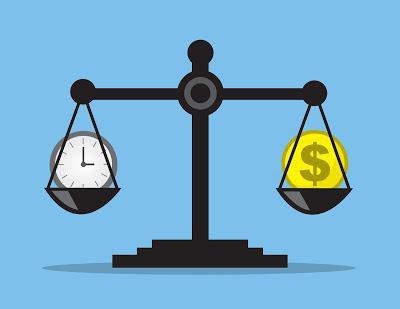
The main function of working capital is to ensure an uninterrupted production process.
Classification
The composition of the working capital of the enterprise includes many components. They can be divided into several groups:
- Stocks in stock. These include raw materials, components, spare parts, semi-finished products, containers, fuel.
- Means that are already in the manufacturing process. This category includes construction in progress and production. As well as deferred expenses for advance payments.
- Finished products in stock and already shipped.
- Available financial resources at the cash desk of the company and on current accounts, short-term financial investments and receivables.
The structure of working capital of the enterprise is not universal and depends on a large number of factors. For example, from the industry and technological organization of production. Contractual relationships with suppliers and customers, which determine the volume and schedule of shipments and payments, are of considerable importance.
Where does the company get the money from
Sources of working capital of the enterprise can be either own or borrowed or attracted. Each company itself determines how much total working capital it needs to optimize the production process. That is why their quantity is calculated on the basis of the minimum required level of funds, which will allow to produce and ship the planned volume of products, to create the necessary stock without deficit and stocking. But you also need to ensure that their volume is sufficient to pay off all obligations with counterparties, company employees, state and tax authorities.
Own working capital is usually replenished from profit. But this is not the only source, some articles of the liability can also be equated to working capital. For example, wage arrears passing from one month to another, as well as compulsory contributions to the social insurance fund. In addition, reserves of future payments and a positive balance in the repair fund may serve as sources. In certain areas of business, such articles include buyers' pledges for returnable packaging. Since the figures during the year can vary, and sometimes quite strongly, the lowest indicators are taken as the basis for financial planning.

It is difficult enough to make accurate predictive calculations, because there are situations requiring urgent adjustments. Therefore, it is often quite difficult to satisfy the company's need for working capital only at the expense of its own finances.The creation of additional reserves is strategically wrong - this will lead to a decrease in the pace of development of the company. Based on the feasibility, the need of the enterprise for additional working capital should be covered by funds raised from outside.
How are norms established?
In order for the company to function efficiently, financial plans are drawn up. They help, among other things, to implement the formation of working capital of the enterprise and calculate their required volume.
The standard is a variable value, it is influenced by the following factors:
- volume and range of products;
- terms of purchase of raw materials and components;
- terms of payment and shipment of products.
When calculating, it is recommended to optimize the use of personal funds as much as possible. Their size should be such as to ensure only the core business of the company, while keeping the need itself to a minimum.
In order to determine the norm and the composition of the working capital of the enterprise, you need to calculate the amount of necessary costs to create a product or service for a certain period. There may be a difficulty associated with seasonality. If the company's goods are all-season, and the demand for them does not depend on this factor, then it is necessary to use the annual report and take as a basis the quarter where production was at the highest level.
If the company produces a seasonal product, for analysis it is necessary to use data for the quarter where production indicators were at the lowest level. In the high season, working capital of the enterprise will be formed by short-term bank loans.
Rationing is carried out in monetary terms.
Methods for assessing elements of working capital
When a company receives raw materials, fuel and other stocks, that is, current production assets of an enterprise, they are accounted for at full cost. The latter includes both the cost of the resource itself and customs costs, commission fees and margins, logistics costs incurred by third-party enterprises that perform these functions.
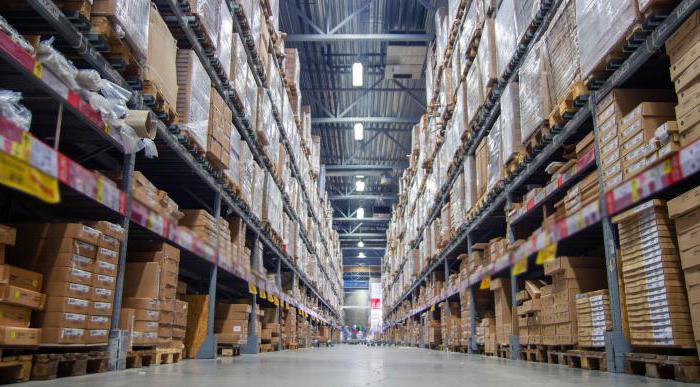
The price of the resources involved and the valuation of reserves at the end of the period can be determined in one of several ways:
- If the materials are unique, then the cost is determined by the cost of each unit of inventory.
- At average cost. For this, the average cost of all available materials at the beginning of the period is estimated. The resulting value is added to the average cost of all materials and resources purchased during the period.
- The LIFO method, that is, the cost base of resources received first of all, is equal to the price of materials purchased later than all.
- The FIFO method, the basis is the price of those materials that were purchased first. When using this technique, it is customary to assume that resources are used in production in accordance with the order in which they are acquired. First, those that were bought by the very first are involved. Price is taken into account at the beginning of the period.
Depending on the accounting method chosen, in the face of rising prices, various profit indicators can be achieved. So, with LIFO, it will be less than with FIFO.
Funds Circuit
To ensure a continuous production process, it is necessary that all material resources are in a constant cycle. Depending on the stage, revolving funds of the enterprise modify their form. From money, first go to productive, and then to commodity.

The cycle consists of three stages:
- At stage 1 working capital of the enterprise (money supply) are spent on the purchase of necessary raw materials. Thus, cash is exchanged for inventories. But their value is considered as an advance.Funds are not irretrievably spent, but invested with the expectation of receiving them back when the entire cycle is completed.
- At stage 2, the product is directly created using labor and acquired resources. At this stage, value changes its form again - from production to commodity.
- At the third (final) stage, the finished product should be implemented. So, the commodity form will change to cash. The company will receive back the funds advanced by it and additional income.
Working capital of an enterprise is different from materials. They are not consumed irrevocably, but are constantly in motion. First, they are advanced to create a product, then return after its implementation and enter a new cycle.
Working capital valuation
To understand how competently the company manages resources in its activities and whether it is able to pay off all short-term obligations, as well as to understand where it invests its funds, an analysis of the working capital of the enterprise is carried out.
The amount of personal working capital allows you to find out whether current assets exceed existing current liabilities, as well as how much non-current assets (own or borrowed) are financed.
To assess the profitability of the company are indicators of profitability. If the proceeds from the sale of products are sufficient to settle accounts with suppliers and cover all other debts, and there will still be profit, then the company is considered profitable.
Profitability indicators
These coefficients belong to the group of relative indicators, therefore, the inflation factor does not affect them. Such an analysis system makes it possible to understand how much a company makes profit from each invested ruble.
Return on assets allows you to see the amount of profit received by the company from investing in assets. For this, the indicator (amount) of net profit should be divided by the average value of assets (WB).
To analyze how efficiently working capital is invested, the profitability indicator of current assets is used. Return on sales and return on assets can be used. The amount of their work is an indicator of the profitability of current assets. There is another way to calculate this value. You need to divide the amount of net profit by the sum of the average value of current assets.
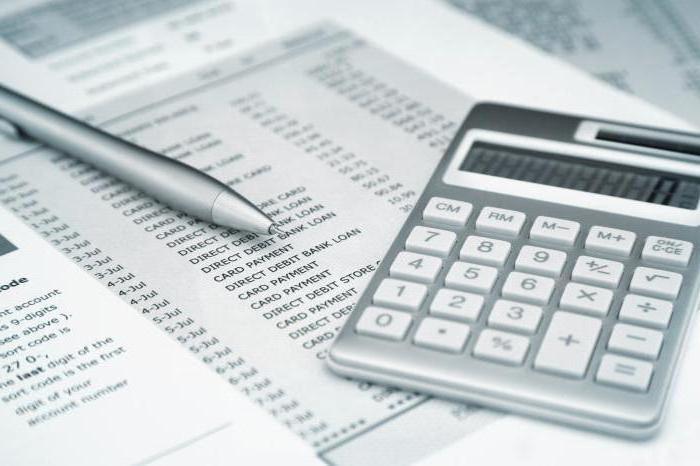
To find out what is the profitability of goods sold, you need to divide the amount of net profit by the amount of revenue received. The result will allow us to evaluate not only whether the enterprise is working well or poorly, but also how true the pricing approach is. There is another way to assess the profitability of products - the profitability of sales. For this, the profit indicator from the sold goods must be divided by the number of sold volume (or units) of products.
To analyze how effectively the management of working capital of an enterprise is carried out, it is necessary to calculate the turnover ratio of inventories (inventories). To do this, the cost should be divided by the average indicator MPZ.
To make a comparative analysis of the rationality of the enterprise, it is recommended to compare the coefficients of the turnover period MPZ for several years. For the calculation there is a formula:
- Tob MPZ = 360 / MPZ turnover ratio.
In addition to these indicators, other profitability ratios are also used: investments, equity, and core business. Also, an analysis of receivables is carried out - its turnover rate and repayment period are estimated. The faster it is paid off, the less is the risk that it will not be paid at all.
About working capital management
If the company does not have enough equity to cover all costs, it is necessary to attract additional financing from accounts payable. When it is exhausted, you have to take short-term loans.
If there is an acute shortage of personal working capital, there are several ways to solve this problem. The least rigid is the receipt of all possible deferrals or installments for the repayment of existing debts.
There are estimated indicators of working capital of the enterprise, allowing to evaluate the effectiveness. One of them is the turnover period of working capital. It can be easily calculated:
- Tob OS = inventory turnover period + accounts receivable turnover period - average payable payable period.
We must strive to reduce inventory turnover and receivables.
To assess the financial needs of the enterprise at the moment, their size should be divided by the received sales revenue per day (on average) and multiplied by 100%. The result will be a percentage and show how quickly the company makes money to cover its financial needs.
Fixed assets of the enterprise
Fixed and working capital of the enterprise are fundamental elements in the work of any company. But what are fixed assets and how do they differ from working capital?
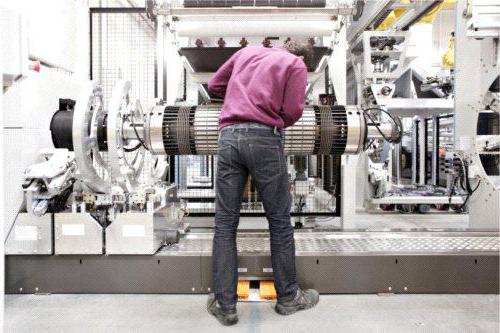
Fixed assets are characterized by a long term of use, and their share in the cost of production is partially reflected as the wear and tear of these tangible assets.
Fixed assets include buildings, structures, machine tools, vehicles, tools, equipment, various devices, livestock, perennials.
Although there are limitations. For example, inventory and tools are classified as fixed assets only if their operational life is more than 12 months, and the cost should exceed 1 million rubles. At lower cost, they are considered as working capital of the enterprise.
Funds are usually divided into two main categories: production and non-production. The former are directly involved in the production process and are replenished by capital investments. The latter fulfill the function of servicing the main production, which means that their cost does not affect the cost of production. But one cannot say that non-productive funds have no effect on the efficiency of the enterprise. Investing in them helps to improve the standard of living of employees, which positively affects their attitude towards work processes. They serve as a good motivational incentive.
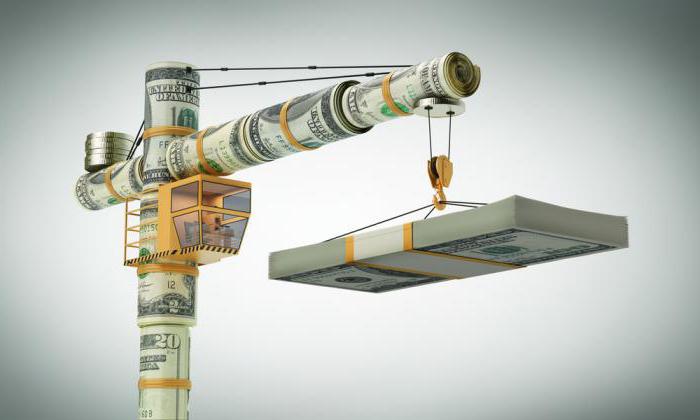
Working capital of the enterprise is an integral part of the daily work of the company. In order for it to be profitable, and not unprofitable, the process must be a continuous cycle. For this, it is necessary to regularly analyze the effectiveness of their use and draw up financial plans.